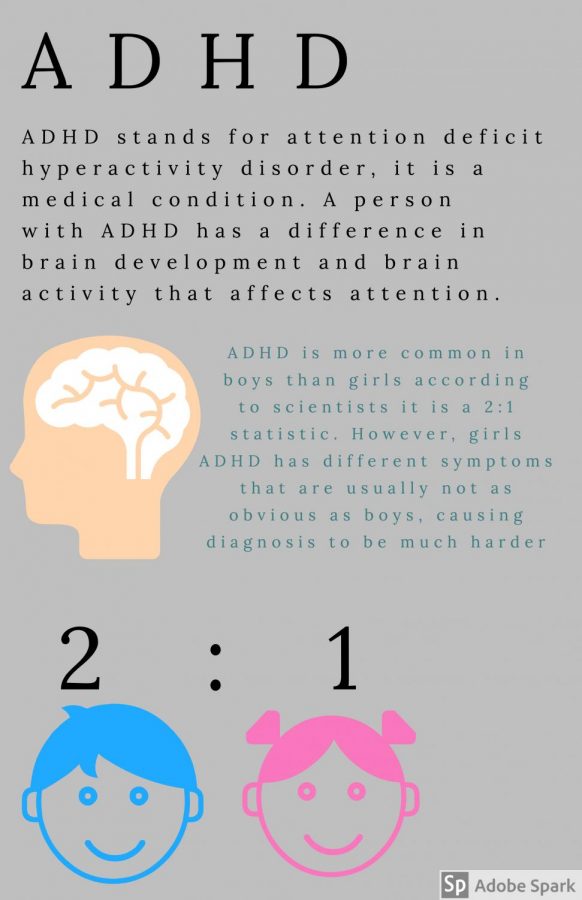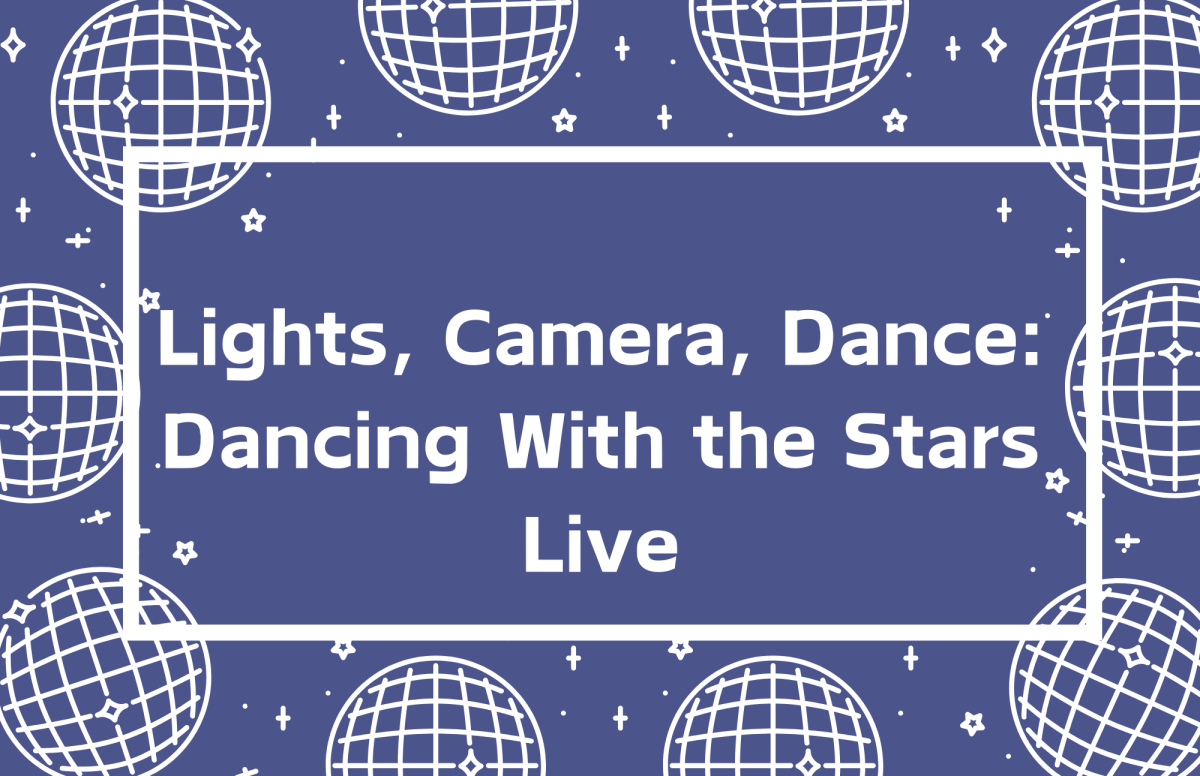ADHD is a learning disability that can at times be difficult to point out. It is very common to have alike symptoms among both children and adults. ADHD has symptoms that include poor time management, a hard time multitasking and difficulty focusing.
According to WebMD writer Smitha Bhandari, “The only way to know for sure is to see a doctor. That’s because the disorder has a number of possible symptoms, and they can easily be confused with those of other conditions, like depression or anxiety.”
ADHD Editorial Board writes that, “Diagnoses among children continue to rise every year, but the largest (and most unprecedented) surge is among girls and adult women…Overall, 11 percent of U.S. children have ADHD, and diagnoses among adults continue to grow.”
The amount of people with ADHD has grown rapidly within the past ten years. Meaning that it is getting harder and harder to focus as time goes on. Researchers say that the average human attention span has shrunk by nearly a quarter in just 15 years.
“ADHD can be broken into 2 types: Impulsive Hyperactive and Impulsive Inattentive,” ACHS’s school psychologist Jim White said. “Inattentive falls under those who have significant difficulty sustaining attention for extended periods of time, or can be observed being easily distracted. Hyperactive is described as those who have a hard time slowing down, typically observed through being overly active and frequent verbal outbursts.”
There are some tips that doctors have discovered to help with these symptoms: when focusing on one task at a time, set a timer for a certain time to work. Once the timer runs out, take a short break. This can help many people, not just those that are diagnosed with ADHD.
Although, ADHD has very common symptoms, there are plenty of ways to deal with it. ADHD can be controlled and tamed after practice, medicine and support from others.









